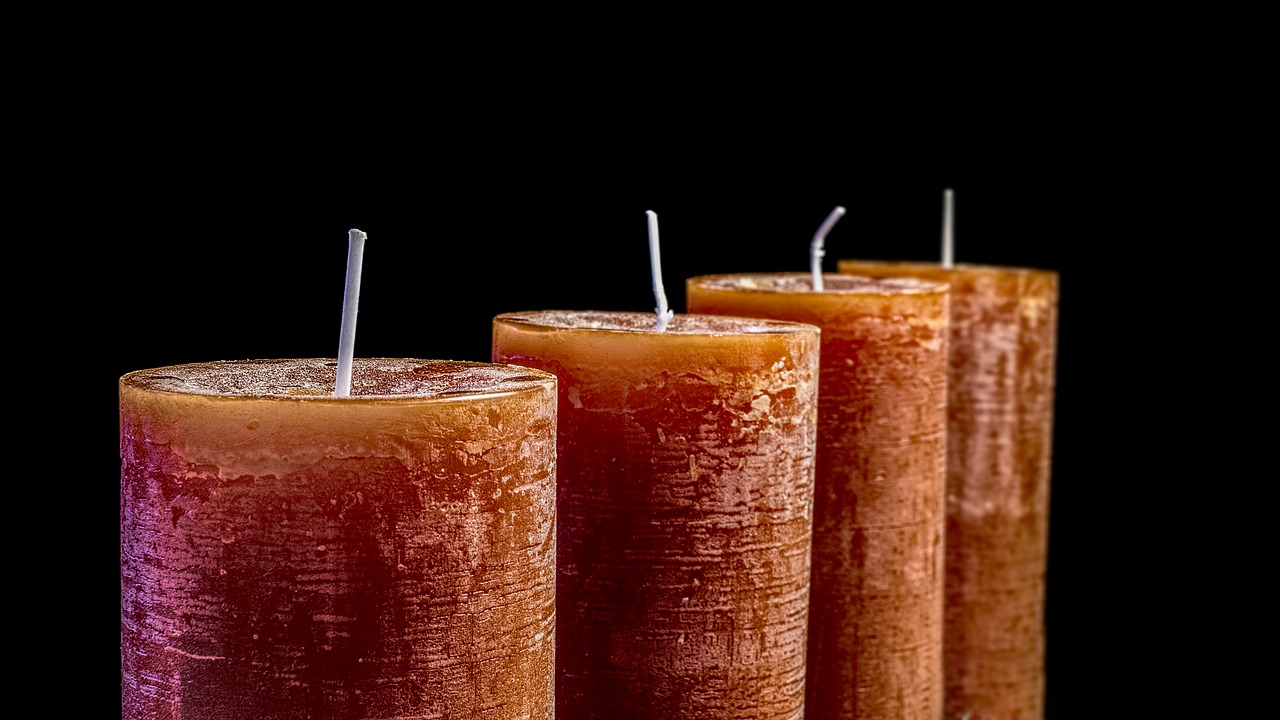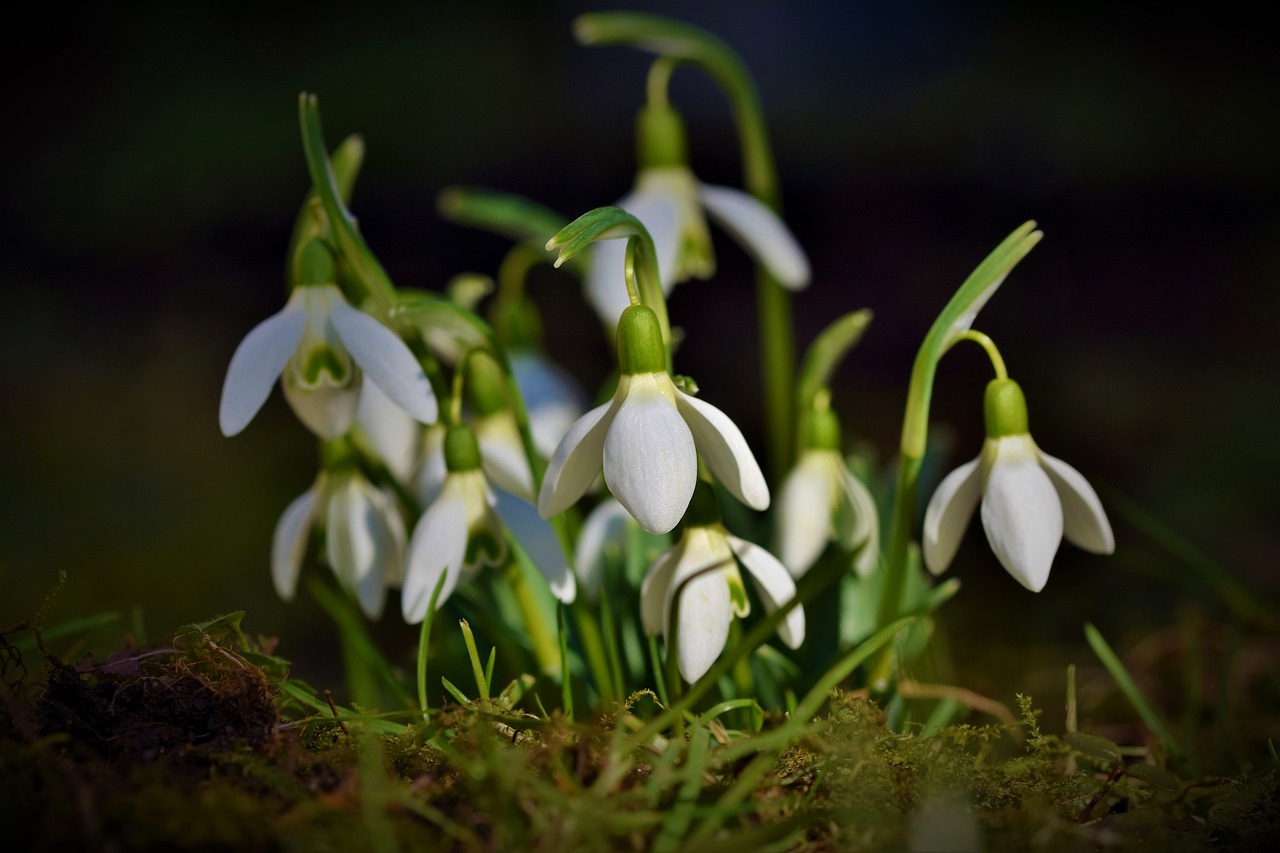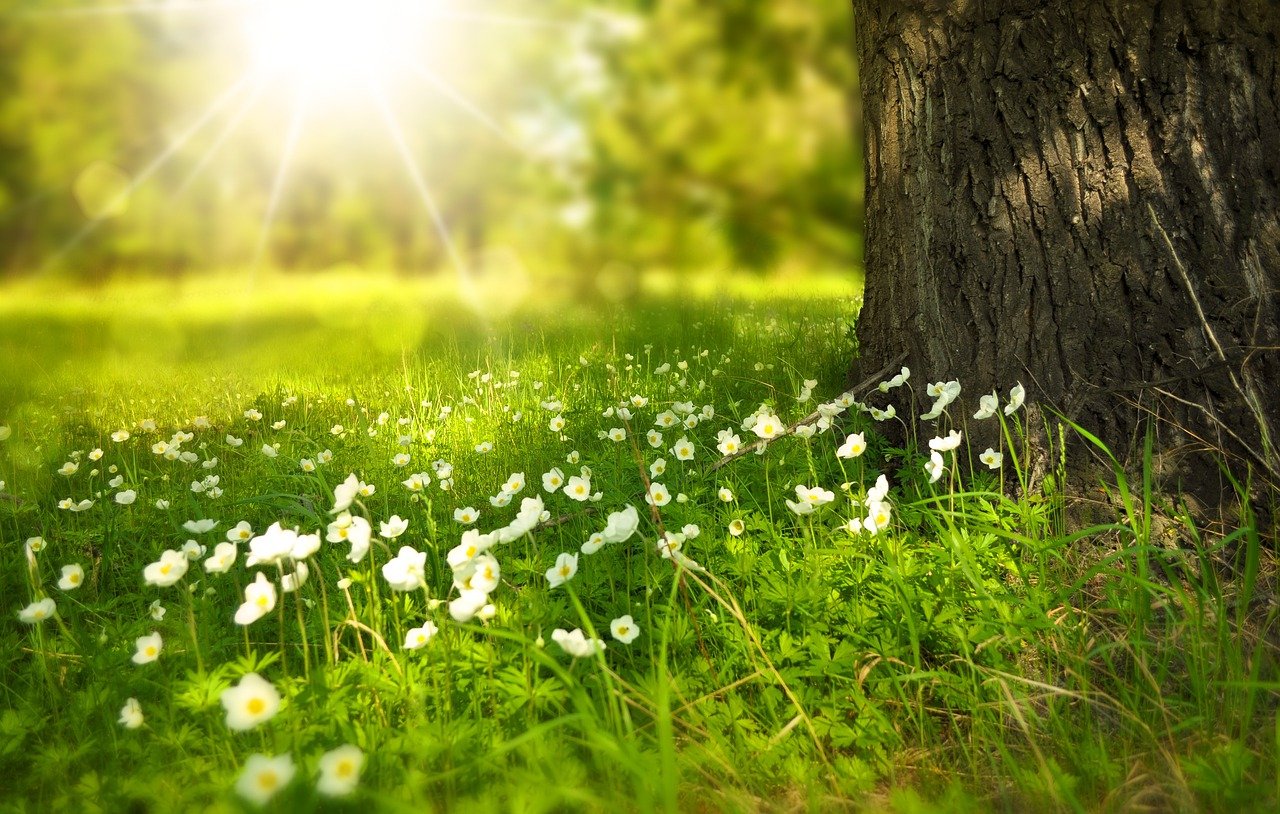Candle making safety
- Find out what your wax’s flashpoint is so that you know what temperature is safe for melting your candle wax. The craft store or candle supplier where you purchase your wax should have printed information about that. If the wax is heated beyond the flashpoint, it could catch fire.
- Since wax is oil-based, wax fires will not go out with water. Instead, use baking soda to smother the flame.
- Keep lit candles away from children and pets and don’t fall asleep with a lit candle.
Types of commonly used waxes
- Soy: Soy wax is plant-based and has become popular because it burns cleaner, is better for the environment, and is easier to clean up.
- Beeswax: Beeswax smells sweet naturally and comes from honeybees. It costs more, but it also burns longer with less soot.
- Paraffin: Petroleum-based paraffin is still the most common wax used for candles. It’s easy to work with, comes in various blends, and is cheaper than the other waxes. Since it’s obtained from crude oil, it can create more soot so is not as good for the environment as plant-based waxes.
- Gel: Gel is not really a wax but is made from combining a polymer with mineral oil. It is often used to display embeds because it is clear.
Often it’s not necessary to add additives because many waxes are pre-blended for various purposes. You would need a softer wax for containers and a harder one for pillars for example.
Wicks
The smaller your candle, the smaller the wick you will need. Wicks come in various sizes but usually the candle supplier will indicate what size candle to use with the wick. Large container candles will benefit with a wick with a stronger core. You can find candles with paper or zinc cores to help them stay up straighter.
Molds
You can use all sorts of things around the house for molds but can also purchase traditional or novelty shaped molds made out of plastic, steel, rubber or glass. Some ideas for molds in the house include yogurt containers, tart tins, take out cups, candy and/or soap molds, and mason jars.
Scenting and dying candles
- It’s important to use dyes and scents made specifically for candles although most essential oils will blend with wax in small quantities. Dyes are only added after the wax has heated up to a certain temperature. It depends on the way you’re using but that could be anywhere from 150 to 200 degrees Fahrenheit. The scent is added just before pouring into the container or mold with the wick inserted.
- You can purchase just about any color of candle dye and the easiest to use is pre-measured colored chips. If you want to try making your own colors, mix primary colors together. Blue and yellow make green, red and yellow make orange, red and blue make purple and adding black or white will darken or lighten the colors.
Candle making is something you need to experiment with to get the hang of but there are many different types to learn how to make. You can create traditional tapered candles by dipping wicks in hot wax continuously for example. Decorate any of them after with sparkles, ribbons, decoupage, paint, dried flowers or carving.







